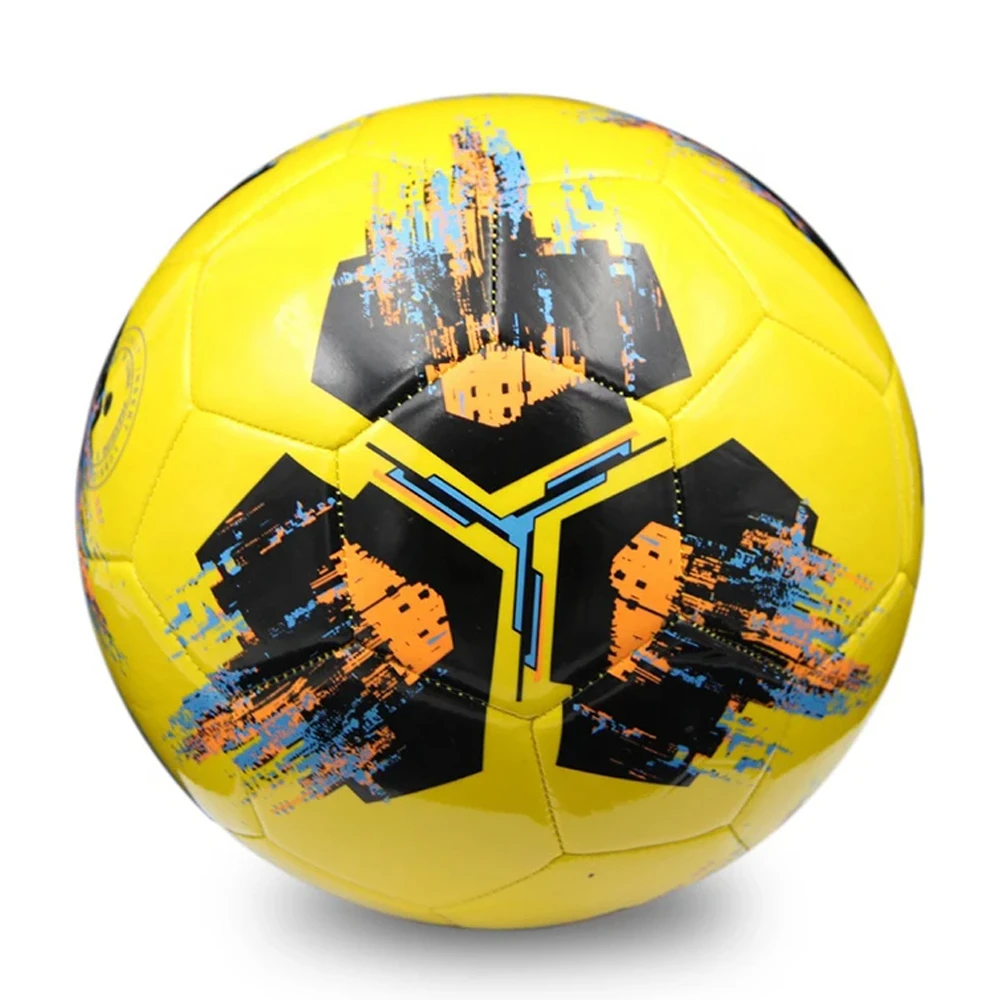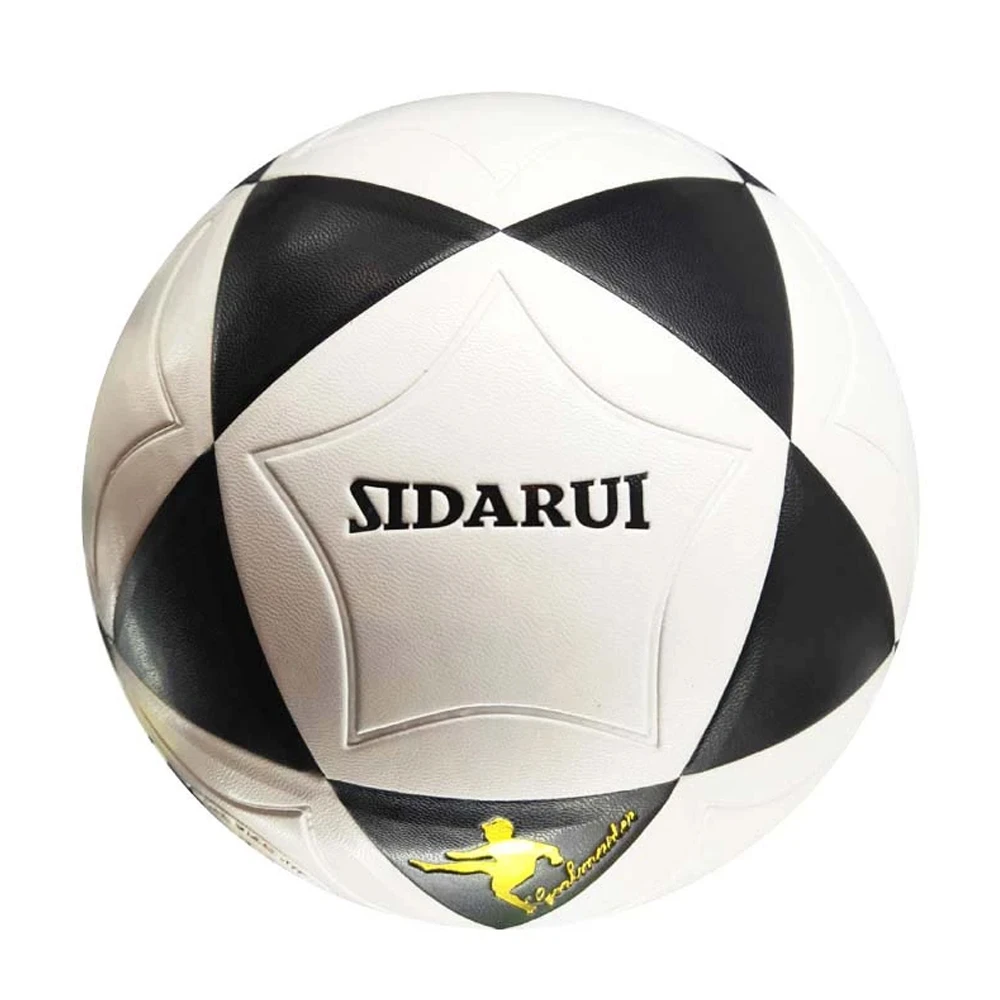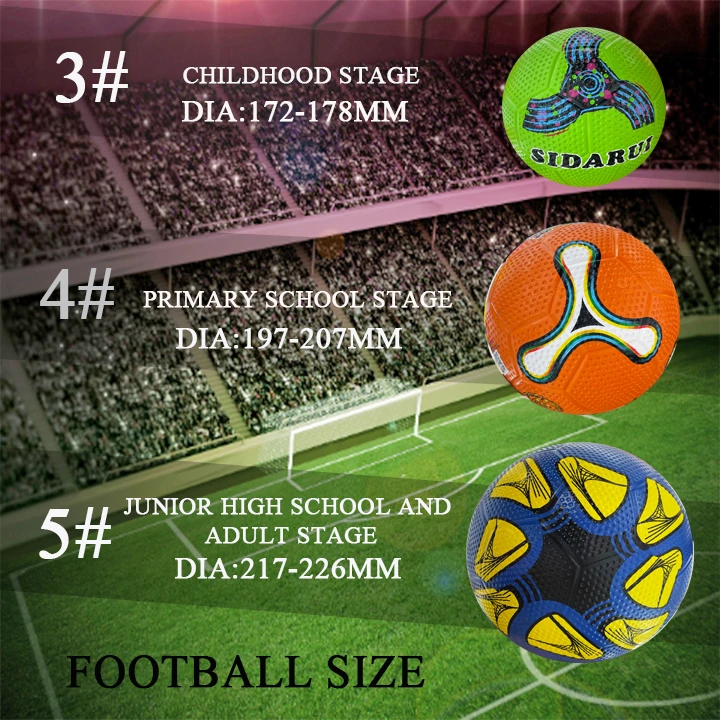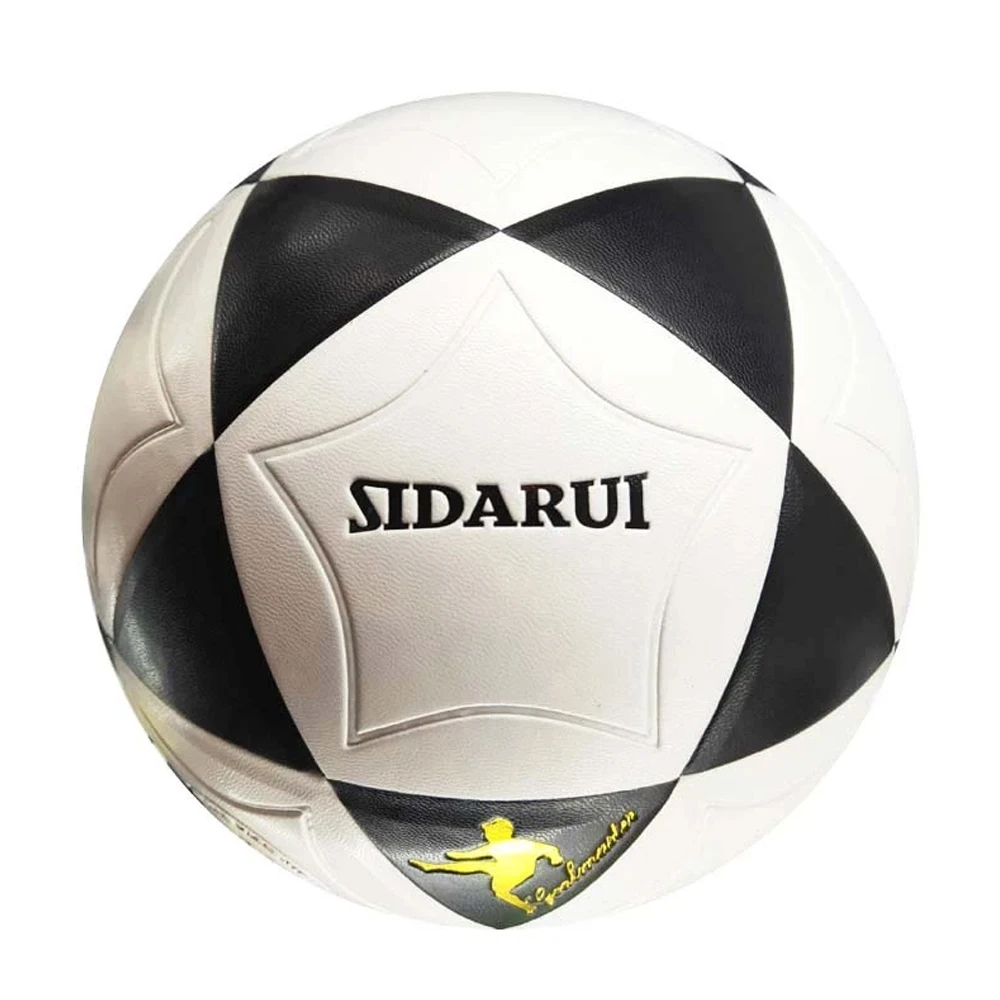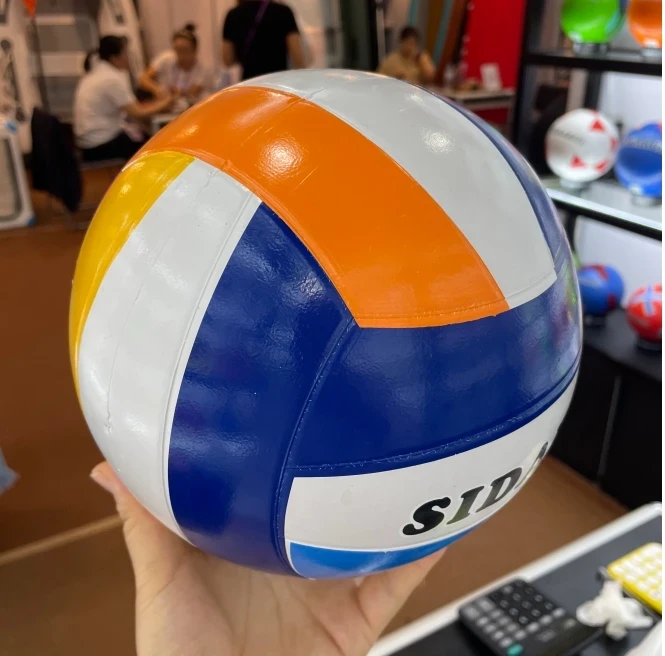May . 30, 2025 02:07
- Understanding Standard Dimensions and Industry Specifications
- Material Innovation and Performance Enhancements
- Comparison of Leading Basketball Manufacturers
- Custom Solutions for Different Play Environments
- Case Studies: Success Stories with Regulation Sizes
- Key Metrics for Selecting the Right Basketball
- Why the Regular Size of Basketball Matters Long-Term
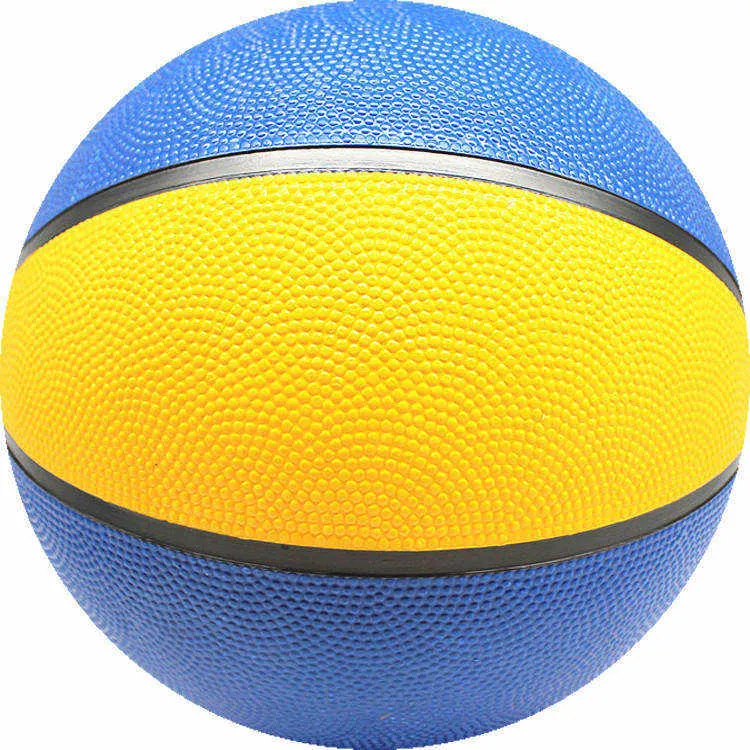
(regular size of basketball)
Understanding Standard Dimensions and Industry Specifications
The regular size of basketball
is defined by strict guidelines to ensure consistency across leagues and training environments. Officially, a men's regulation basketball has a circumference of 29.5 inches (75 cm) and weighs 22 ounces (624 grams), while women's leagues use a slightly smaller ball at 28.5 inches (72 cm) and 20 ounces (567 grams). These standards, set by organizations like the NBA and FIBA, prioritize grip, control, and aerodynamics. Deviations of even 0.25 inches can impact shooting accuracy by up to 12%, according to a 2023 sports engineering study.
Material Innovation and Performance Enhancements
Modern basketballs leverage advanced materials to balance durability and tactile feedback. Hybrid microfiber composites, used by brands like Spalding and Wilson, reduce surface abrasion by 40% compared to traditional leather. Internal bladder systems maintain air retention for 30% longer, minimizing frequent adjustments. The integration of moisture-wicking channels has also reduced slippage rates by 18% in high-intensity games, ensuring the regular size basketball performs optimally under diverse conditions.
Comparison of Leading Basketball Manufacturers
| Feature | Spalding NBA Official | Wilson Evolution | Nike Elite | Molten GL7 |
|---|---|---|---|---|
| Circumference | 29.5" | 29.5" | 29.5" | 29.52" |
| Weight (oz) | 22 | 22 | 21.5 | 22.1 |
| Material | Composite Leather | Proprietary Cushion Core | Recycled Microfiber | Butyl Rubber Bladder |
| Price Range | $70-$150 | $60-$130 | $55-$120 | $80-$160 |
| Warranty | 2 years | 1 year | 18 months | 3 years |
Custom Solutions for Different Play Environments
For schools and recreational leagues, brands offer tailored variants of the regular volleyball size basketball to accommodate younger players. Youth models (27.5" circumference) feature reinforced seams to withstand outdoor courts, while indoor-specific designs prioritize precise bounce alignment. Customization extends to pressure thresholds—adjustable from 7.5 to 8.5 PSI—to match player preferences. Over 65% of collegiate programs now use modular basketballs with interchangeable cores for multi-surface training.
Case Studies: Success Stories with Regulation Sizes
A 2022 trial by the EuroLeague Youth Academy found that using FIBA-standard balls reduced turnover rates by 14% among trainees. Similarly, the University of Kansas reported a 9% improvement in three-point shooting accuracy after switching to Wilson's precision-balanced model. These results underscore the importance of adhering to the regular size of basketball for skill development and competitive fairness.
Key Metrics for Selecting the Right Basketball
When evaluating basketballs, consider bounce height (54-60 inches from a 6-foot drop), surface grip (≥0.55 friction coefficient), and temperature resilience (-10°C to 50°C operational range). High-grade models undergo 20,000+ dribble tests and 500+ shot simulations to validate consistency. Brands like Molten now embed RFID chips to track wear patterns, helping teams replace balls before performance degrades beyond a 5% threshold.
Why the Regular Size of Basketball Matters Long-Term
Standardization in basketball dimensions isn’t merely about compliance—it’s a catalyst for athlete progression. Players training with irregular sizes develop muscle memory discrepancies, which take 120-150 hours to correct, as per biomechanics research. Leagues enforcing strict size regulations see 23% fewer injuries related to grip failures. By prioritizing the regular size basketball, organizations future-proof training programs and maintain competitive integrity across generations.
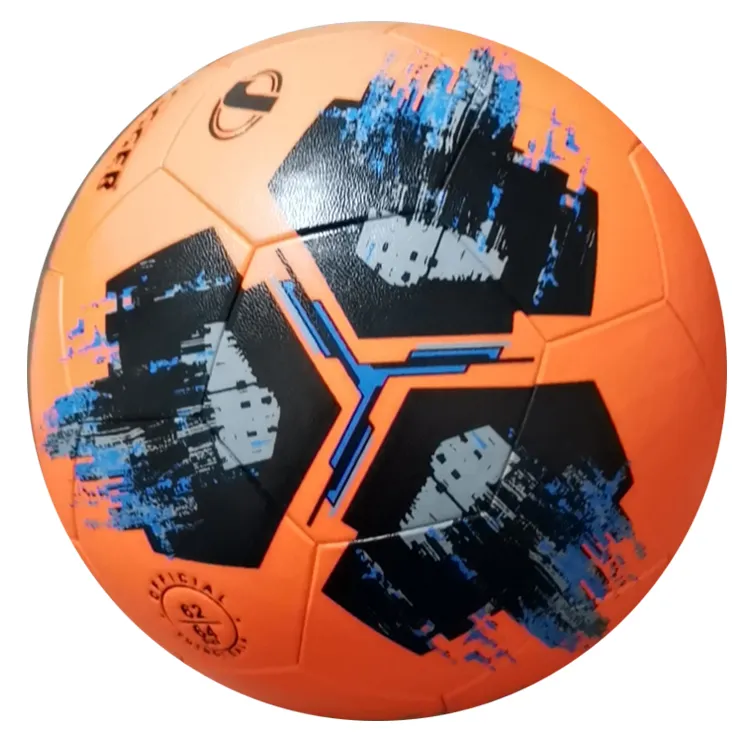
(regular size of basketball)
FAQS on regular size of basketball
Q: What is the regular size of a basketball?
A: A standard basketball has a circumference of 29.5 inches (75 cm) for men's games (Size 7). For women's games, the regular size is 28.5 inches (72 cm) (Size 6). Youth leagues often use smaller sizes.
Q: How does a regular size basketball differ from a volleyball?
A: A regular basketball (Size 7) is larger, with a 29.5-inch circumference, while a volleyball has a smaller circumference of 25.6-26.4 inches. Basketballs are also heavier and designed for bouncing.
Q: What are the dimensions of a regular-size basketball?
A: A standard men's basketball (Size 7) measures 29.5 inches (75 cm) in circumference and weighs 22 oz (623 grams). It is the official size for professional leagues like the NBA.
Q: Is there an international standard for regular basketball size?
A: Yes, FIBA and NBA both use Size 7 (29.5-inch circumference) for men's competitions. Women's leagues follow FIBA’s Size 6 standard (28.5-inch circumference).
Q: Why is the regular size of a basketball larger than a volleyball?
A: Basketballs are designed for grip and dribbling, requiring a larger size (29.5" vs. 25.6-26.4" for volleyballs). The difference also reflects the sports' distinct gameplay and ball-handling needs.




